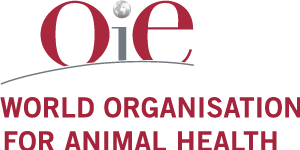The ultimate goal of GLEWS+ is to inform prevention and control measures, through the rapid detection and risk assessment of health threats and events of potential concern at the human-animal-ecosystems interface. This goal is critical to attaining the vision of FAO, OIE and WHO of ‘a world capable of preventing, detecting, containing, eliminating, and responding to animal and public health risks attributable to zoonoses and animal diseases with an impact on food security through multi-sectoral cooperation and strong partnerships’.
GLEWS was established in 2006 (see GLEWS background section) and has since evolved into GLEWS+ .
In addition to the activities of the existing GLEWS, the proposed system – GLEWS+ – will provide a unique cross-sectoral mechanism for conducting robust and timely joint risk assessments, aimed at formulating risk management options for health events at the human-animal-ecosystems interface. These options will then be communicated in a timely, coordinated and relevant way within the three international organizations, hereby contributing to risk communications of the three organizations to relevant stakeholders, the public and the international community. GLEWS+ will:
- systematically link to areas such as wildlife health, food and biological threats;
- drive more advanced and cross-sectoral risk assessment when a need is identified; and
- provide more opportunities for participation by a broader range of stakeholders via specific working groups established on priority areas.
GLEWS+ contributes to the tripartite continued work to advance from reactive to proactive preparedness and prevention, through joint risk assessment for targeted and timely action.







